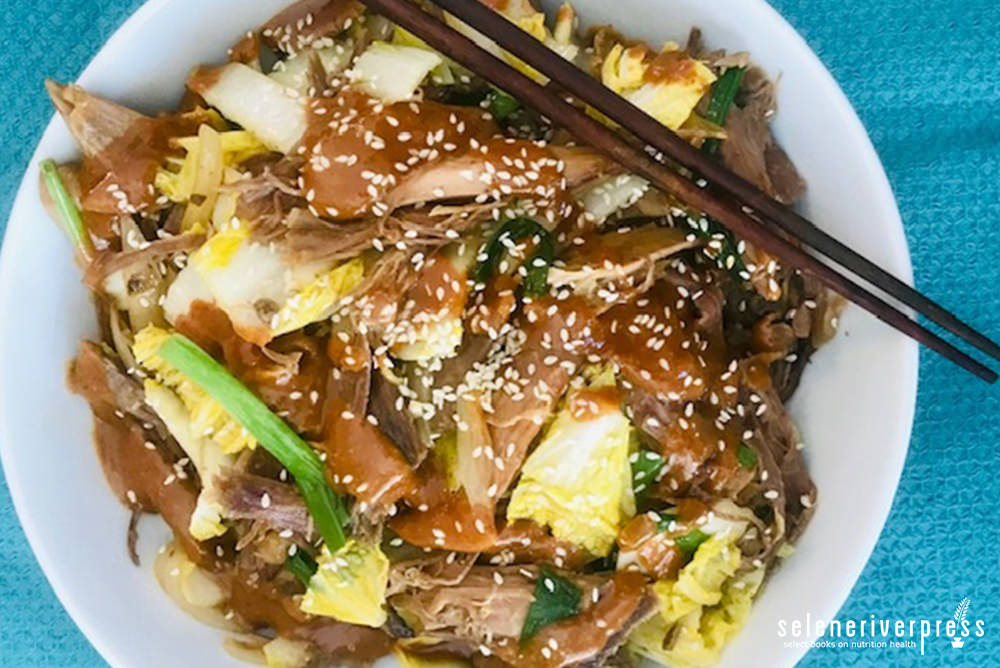I’ve been a condiment person as far back as I can remember. Unlike many youngsters, I never went through the “ketchup-on-everything” stage (a preference I am grateful my daughter inherited from me), but I always liked an array of choices with which to smear, dip, and drizzle. I almost think of condiments as an extension of personality and individual expression through the food we eat, akin to an accessory, like a patterned scarf, funky socks, or a whimsical pair of earrings.
Over the years, through treating my taste buds and experimenting in the kitchen, I’ve come to realize just how much the rest of the world also likes their condiments; various cultures all donate their own distinct array of traditional sauces, relishes, pickles, chutneys, and salsas, to the cornucopia of delicious food we get to enjoy.
Condiments provide depth, moisture, and flavor, and have the ability take a dish to a whole new level. A trip to any Indian buffet, where one is usually met with no fewer than five or six chutneys and pickles, is a perfect demonstration of the many ways condiments can completely alter a diner’s experience. And each of us enjoys our own unique applications, combinations, and quantities, to adorn food with our own personal signature touches.
While certainly convenient, the biggest downside to many of the commercial condiments available, is that they are often loaded with dubious additives, like sugar, sodium, preservatives, and unpronounceable compounds. On my quest to eat, and feed my family, as closely to what nature intended as possible, I have taken the (seemingly drastic) step to go a stage beyond simply cooking the majority of my own meals. I have also tried my hand at many of my favorite ready-made condiments. It allows me further control the ingredients I put in my body, and much of the time, they taste pretty darn incredible—usually far-better than their commercial counterparts. And you might be surprised at how easy it can be.
Hoisin is a time-honored Chinese BBQ-type sauce that can be hard to describe to those who’ve never tried it. Thick and rich, with a deep reddish-brown color, hoisin offers a nice balance of sweet and tangy, with undernotes of molasses, mild heat, and nuttiness —plus an explicit exotic flair. Traditionally, it is used as a dipping sauce for meats and dim sum, slathered on steamed or fried dumplings and buns, smeared onto pancakes with Peking Duck or Moo Shu Pork, or served at the table with Vietnamese Pho. But the possibilities for its application don’t end there. Try it mixed into burgers, whisked into a marinade, glazed over grilled veggies or meats, or simply drizzled over a stir-fry, as I’ve done (with leftover shredded duck meat and cabbage).
Whatever your plans are for this delectable sauce, you can be sure it will please your palate without questionable ingredients. The color isn’t quite as dark as store-bought, which I’m sure starts with caramel coloring, but the taste is all there. I sweeten according to my own tastes, so have left the amount of sweetener up to the cook’s preference. (Always start slow with your sweetener, then add more until you reach your desired level.) The flavor should be a fine balance of sweet, tart, and spicy.
The sauce keeps for about a week in the fridge, but also freezes, should you have more than you can use in that time. I suggest pouring the sauce into an ice cube tray and freezing, then storing frozen sauce cubes in a zip-top freezer bag to have on-hand when you want an authentic-tasting Asian condiment.
Homemade Hoisin Sauce
Makes about 1 cup
Prep time: 5 minutes
Cook time: 10 minutes
Ingredients
½ cup tamari, shoyu, or other dark, rich soy sauce
¼ cup creamy, unsweetened peanut butter
1 tablespoon coconut aminos
4 teaspoons rice vinegar
1 teaspoon mirin
4 cloves garlic, minced
2 teaspoons toasted sesame oil
2 teaspoons hot sauce (Sriracha, Frank’s, etc.)
½ teaspoon Chinese five spice
Alternative sweetener of choice: 4-8 large dates, stevia, coconut sugar, inositol, honey, molasses, or maple syrup, to taste
Water, if needed
Method
- Place all ingredients in a food processor and process until smooth.
- Pour mixture into a small pot and bring to a simmer over medium heat. Simmer, stirring frequently, until thickened and flavors have melded.
- Use immediately in hot dishes, or chill for future use.
Image from Briana Goodall.



